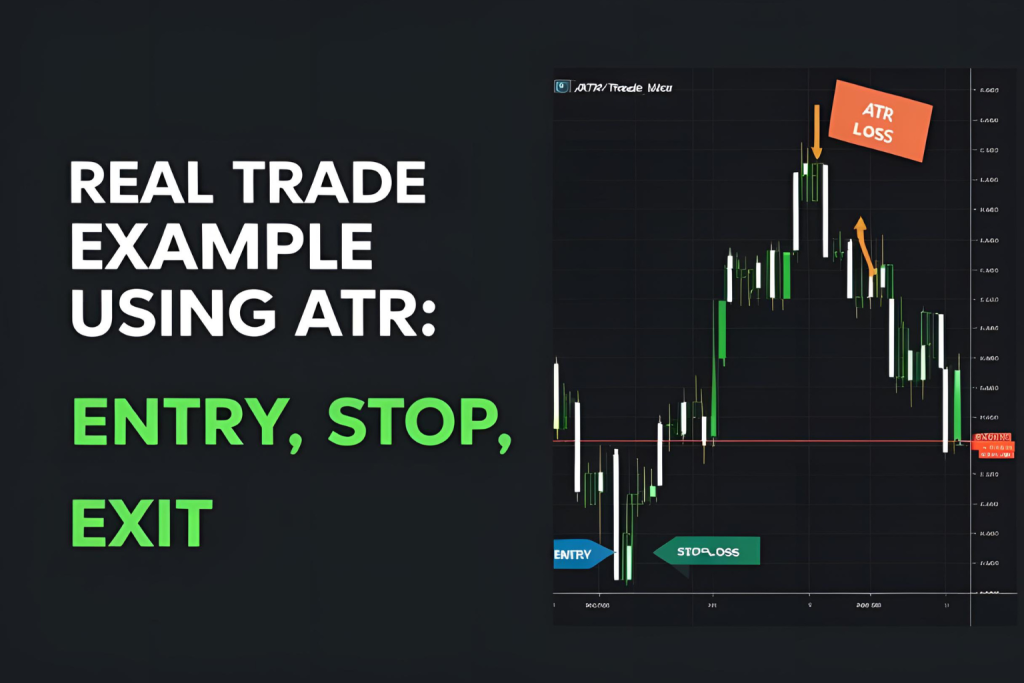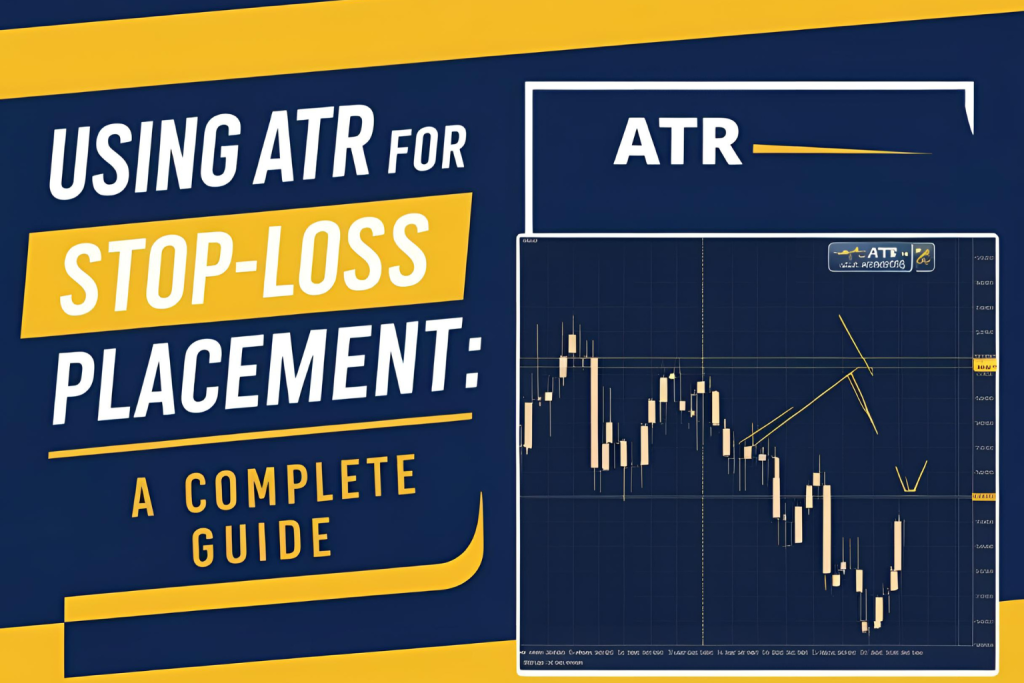The Average True Range (ATR) is one of the most powerful tools for assessing market volatility, yet it’s also one of the most misunderstood. Many traders misuse ATR by applying it without understanding its true purpose. This leads to poor stop-loss placement, incorrect trade sizing, and confusing volatility with trend direction.
Let’s break down how traders misuse ATR, backed by a real-world example and actionable fixes.
Common Ways Traders Misuse ATR
- Using ATR as a Signal Generator
ATR is not a buy/sell signal indicator. It doesn’t tell you when to enter or exit a trade—it only measures volatility. - Applying the Same ATR Settings Across Assets
Using a fixed 14-period ATR on every chart without testing may not suit all instruments or timeframes. - Setting Arbitrary Stop-Loss Multiples
Some traders use 1x ATR or 2x ATR for stop-loss without validating what works best for their strategy or asset. - Ignoring Context
High ATR doesn’t always mean opportunity. It could signal chaotic or news-driven moves better left alone.
Real Case Study: Stop-Loss Failure Using ATR
A trader is long on Stock XYZ at $50 with a 14-period ATR of 2.
They place a stop-loss at $48 (1x ATR below entry).
Shortly after, the stock retraces slightly to $47.80 (normal pullback) and then rockets to $56.
What went wrong?
- The trader used 1x ATR as a static rule.
- They didn’t assess if 1x ATR fit the historical pullback behavior of Stock XYZ.
How to Fix This
| Problem | Fix |
|---|---|
| Using ATR as a signal | Combine with directional indicators (like RSI, MACD) |
| Using fixed ATR settings | Backtest optimal ATR length for each market |
| Arbitrary stop-loss multiples | Analyze historical pullbacks and volatility patterns |
| Ignoring broader context | Use ATR in combination with market structure or support/resistance |
Bonus Tip: ATR Backtesting
Before deciding on 1.5x ATR or 2x ATR stop-loss rules, backtest your trades:
- What was the max drawdown on profitable trades?
- Would a slightly wider stop have avoided whipsaws?
This makes your use of ATR strategy-specific, not generic.
Final Thoughts
Many traders misuse ATR not because it’s flawed, but because they expect it to do something it wasn’t designed to do. ATR is not a crystal ball—it’s a risk and volatility compass. Use it to enhance your strategies, not replace them.
FAQs
1. Can I trade using only ATR?
No. ATR measures volatility but lacks direction. Combine it with trend indicators.
2. What is the best ATR multiplier for stop-loss?
There’s no universal answer. Backtesting helps you find what suits your strategy.
3. Is 14-period ATR always the best?
Not necessarily. Try shorter periods for faster signals or longer for smoother data.
4. How can I avoid being stopped out too early?
Widen your stop slightly or analyze past trade volatility ranges before finalizing.
5. Should I use ATR on higher or lower timeframes?
Use the ATR timeframe that matches your trading style—intraday, swing, or long-term.


